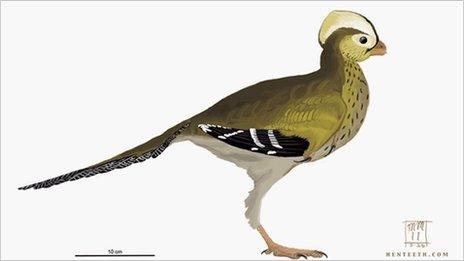Fossil find: Ichthyosaur may be named after dogs that found it
- Published
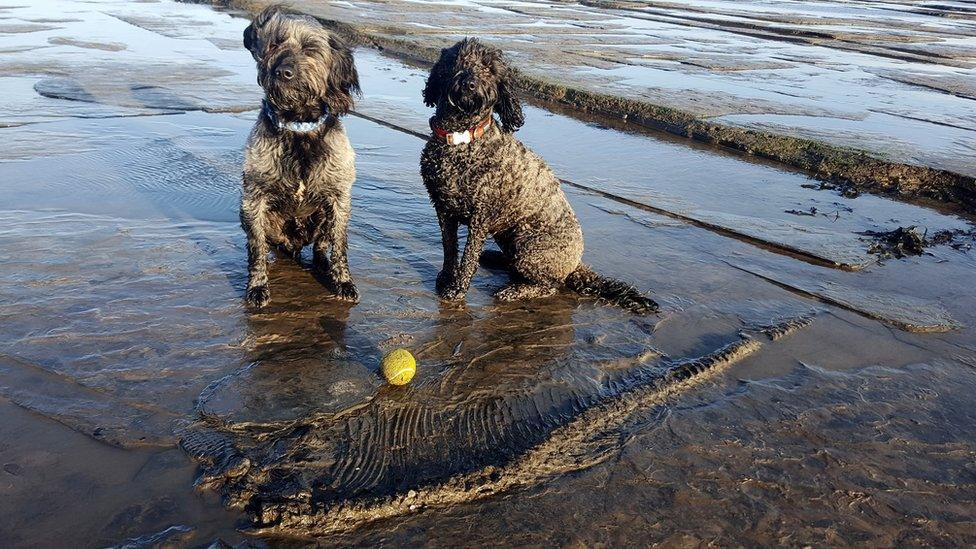
Jon Gopsill was on Stolford beach just before Christmas when his spaniels Poppy and Sam led him to the fossil
A man who found a 190 million year old ichthyosaur fossil on a Somerset beach hopes it can be named after his dogs, if it is confirmed as a new species.
Jon Gopsill was on Stolford beach just before Christmas when his spaniels Poppy and Sam led him to the fossil.
He said: "I had goosebumps when I saw it, I walked away and walked back and kept shaking my head in disbelief."
The extinct marine reptile fossil was extracted on 27 December and is due to go on display in Somerset.

If the ichthyosaur is a new species, Jon Gopsill is hoping to it can be named Poppyisamosaur after his dogs
Keen amateur archaeologist Mr Gopsill said he was on the the beach at low tide, playing ball with his dogs when they spotted something.
"It was just after the storms before Christmas and we were on a huge slab of rock - about half a mile out - and Sam was looking at something," he said.
'Fossil hounds'
"It was about 5ft 5in (167cm) long and looked so fresh. I couldn't believe it, it was amazing."
Unsure what to do, the 54-year-old posted photographs of his find on social media.
"My Facebook page went crazy. My "fossil hounds" ended up in the New York Post," he said.
"People started offering me money to find out where it was and were coming to the beach to look for it."
Fearing his find would be lost to science, he contacted the South West Heritage Trust and it was cut from the rock on 27 December.
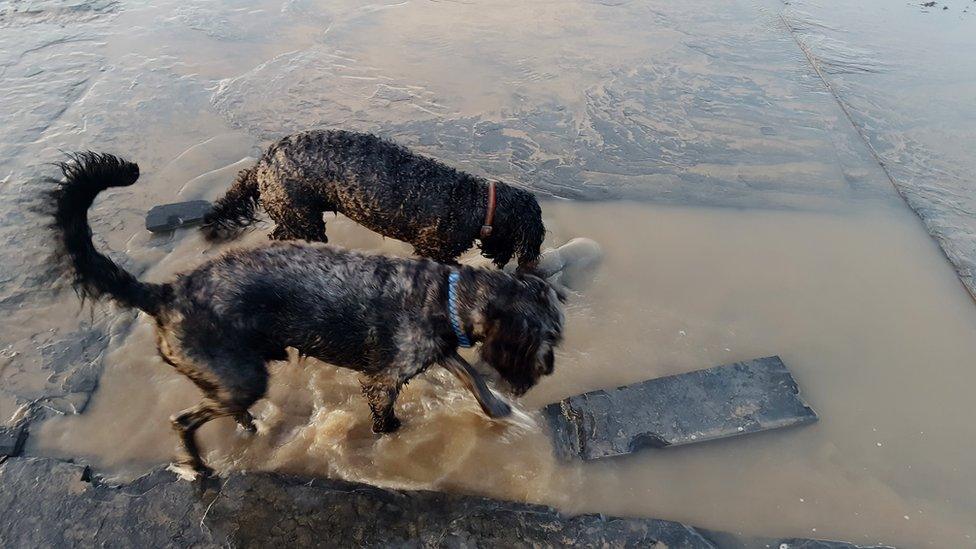
The ancient sea reptiles was cut from the rock on 27 December and is due to go on display in Somerset
The ichthyosaur - which has yet to be identified - is due go on display in Somerset.
People who find dinosaur fossils are allowed to name them if they are identified as a new species by expert paleontologists.
But the names also have to be approved by the International Commission on Zoological Nomenclature.
"It's really hard to tell if it's a new species because its head is missing," said Mr Gopsill.
"If it is a new species I hope to name it Poppyisamosaur, although I'm not sure that's allowed as an official name.
"But mostly I can't believe I found it. I've been looking all my life so it was a dream come true."

Ichthyosaurs

The ichthyosaur was a dolphin-like reptile which is thought to have lived in the sea millions of years ago
Often misidentified as "swimming dinosaurs", they first appeared in the early Triassic period (251 million to 199 million years ago)
The name means fish-lizard, although the creature has been classified as a reptile since the mid-19th Century
Its length ranged from 3ft 3in (1m) to 46ft (14m)
The creature was noted for its sharp, robust teeth.
Ichthyosaurs became extinct around 90 million years ago.
Source: Encyclopaedia of Paleontology.

- Published19 December 2019
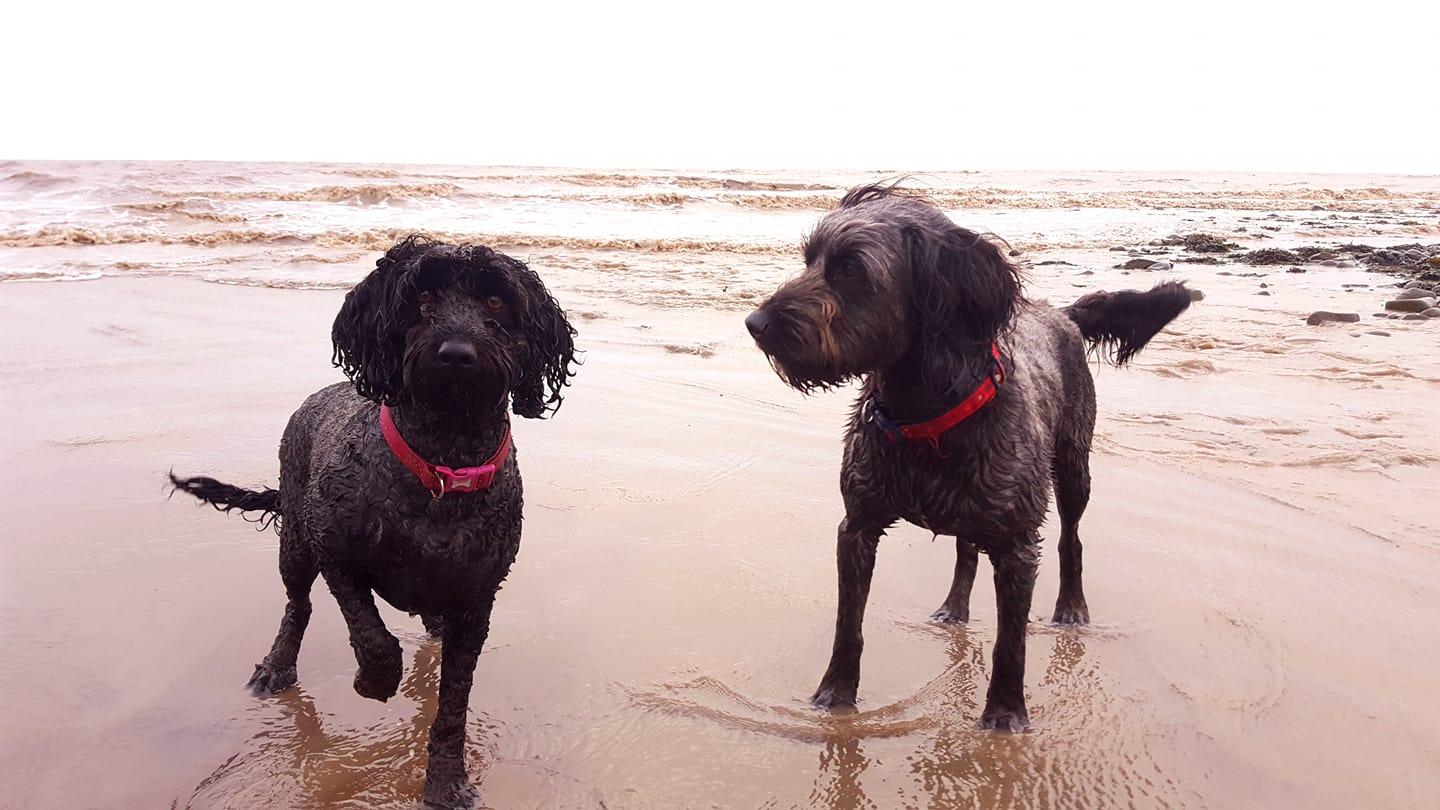
- Published10 April 2018
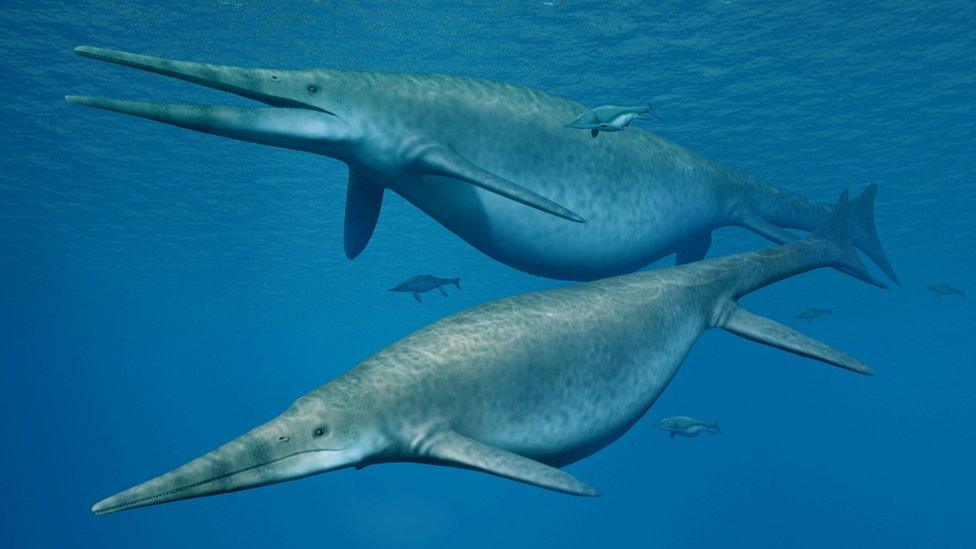
- Published19 February 2015
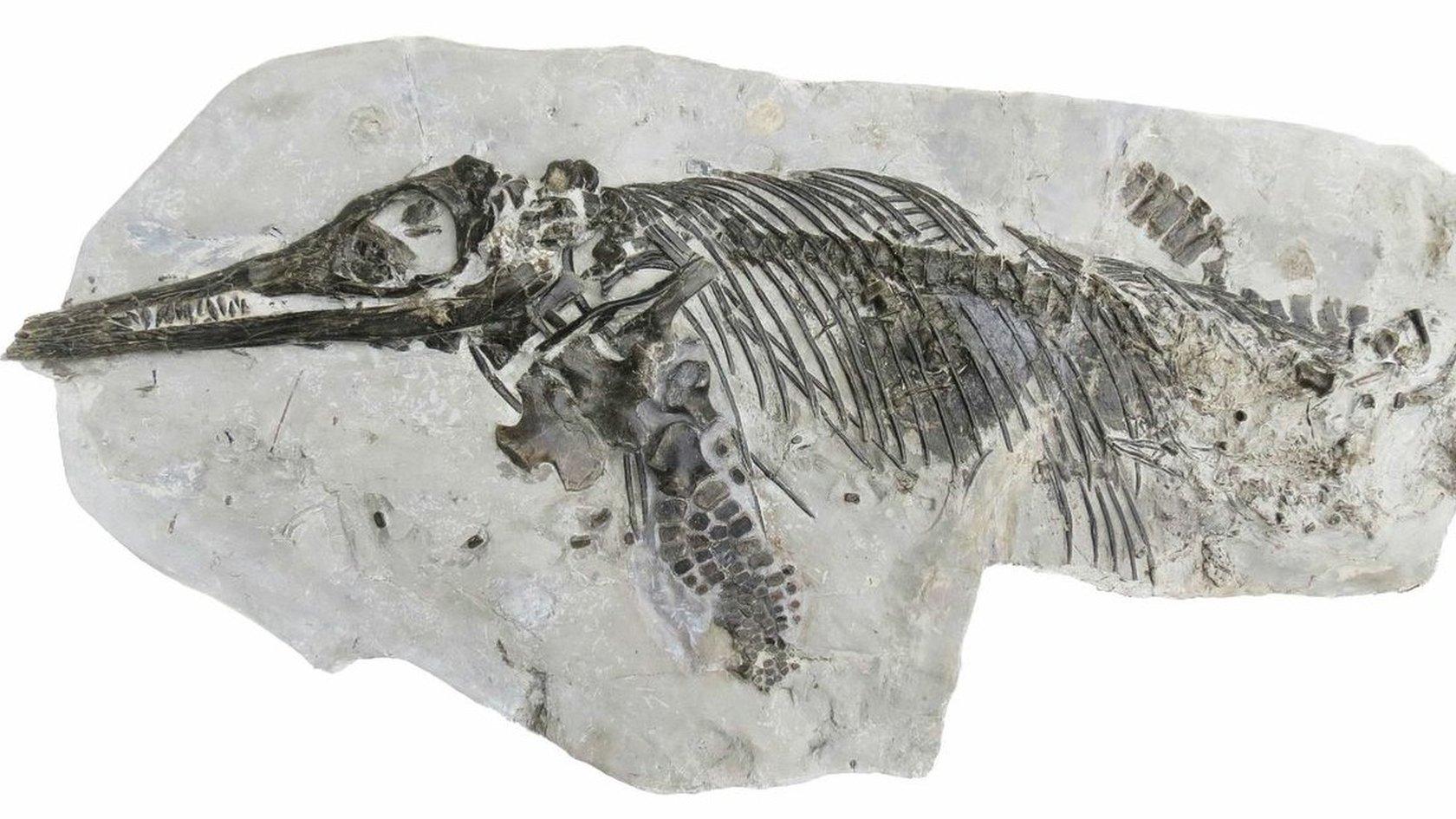
- Published15 June 2011
